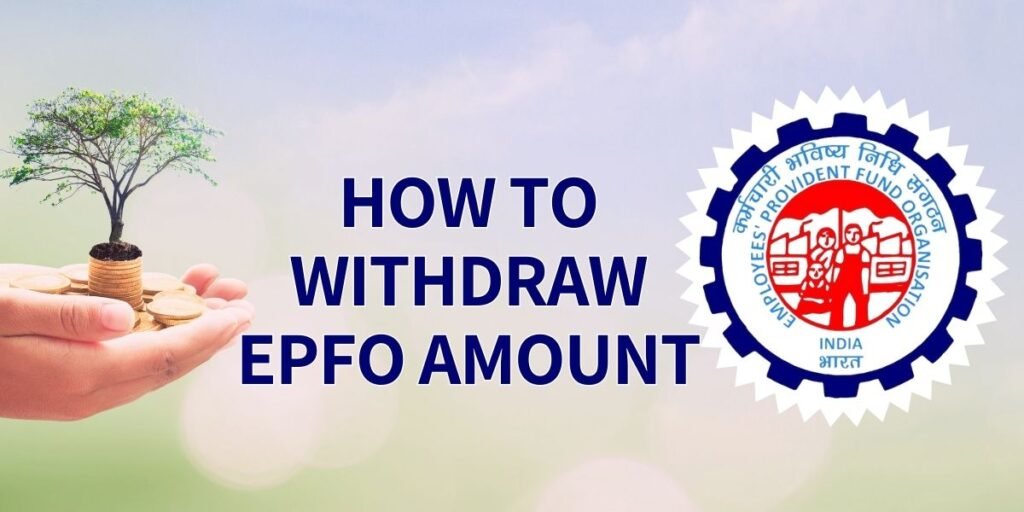The world of employment is a journey, and the Employees’ Provident Fund Organization (EPFO) stands as a significant milestone in this voyage.
Understanding the rules and processes associated with EPFO withdrawal is crucial for every employee.
Let’s embark on a comprehensive exploration of the EPFO withdrawal landscape.
Types of EPFO Withdrawal Forms
A. Form 19 – Provident Fund Final Settlement
Form 19 is the primary form for the final settlement of the provident fund. It is used when an employee leaves service, retires, or in case of unfortunate events like disability or death.
B. Form 10C – Pension Withdrawal Benefits
Form 10C is specifically for claiming pension withdrawal benefits. It is applicable when an employee leaves a job before completing ten years of service and is not eligible for a pension.
C. Form 31 – EPF Partial Withdrawal
Form 31 is used for partial withdrawals from the EPF account. It caters to various situations like medical emergencies, house construction, or education expenses.
EPFO Withdrawal Process Step by Step
A. Registration on EPFO Portal
Initiating the withdrawal process requires online registration on the official EPFO portal. This step sets the foundation for all subsequent actions.
B. Login and Verification
Logging in and verifying your identity on the portal ensures the security of your withdrawal application.
C. Choosing the Right Withdrawal Form
Selecting the correct withdrawal form based on your situation is crucial. This step determines the purpose and nature of your withdrawal request.
D. Document Submission
Accurate and complete documentation is essential for a smooth withdrawal process. Understand the documents required and submit them promptly.
E. Tracking Withdrawal Status
EPFO provides a tracking mechanism to monitor the status of your withdrawal application. Regularly checking this status keeps you informed throughout the process.
Common Mistakes in Form Submission
A. Incomplete Information
Incomplete forms can lead to rejections. Employees must ensure all sections are filled accurately to avoid unnecessary delays.
B. Incorrect Form Selection
Selecting the wrong form can result in processing errors. Understanding the purpose of each form is essential for a successful withdrawal.
C. Signature and Documentation Errors
Properly signing and attaching required documents is crucial. Any discrepancies can lead to delays in the verification process.
Common Documents for EPF Withdrawal
A. Employee’s Identity Proof
A valid identity proof, such as a passport or Aadhar card, establishes the identity of the EPF member initiating the withdrawal.
B. Bank Account Details
Providing accurate bank account details is essential for the direct credit of the withdrawn amount. This includes the account number and the IFSC code.
C. Proof of Employment
Documents establishing the member’s employment, such as an appointment letter or service certificate, are required for verification.
D. Form 19 and Form 10C (Duly Filled)
Forms 19 and 10C, duly filled and signed, are the primary documents for EPF withdrawal. These forms capture essential details about the member’s service and withdrawal purpose.
In conclusion, understanding the Employee Provident Fund Organisation (EPFO) withdrawal rules and process is crucial for individuals seeking financial stability during various life stages.
Whether for education, healthcare, or unforeseen emergencies, being well-informed about EPFO withdrawal regulations empowers individuals to make informed financial decisions.
Following the prescribed guidelines and staying up-to-date on policy changes will help contributors maximize their EPFO benefits and secure a brighter financial future.
